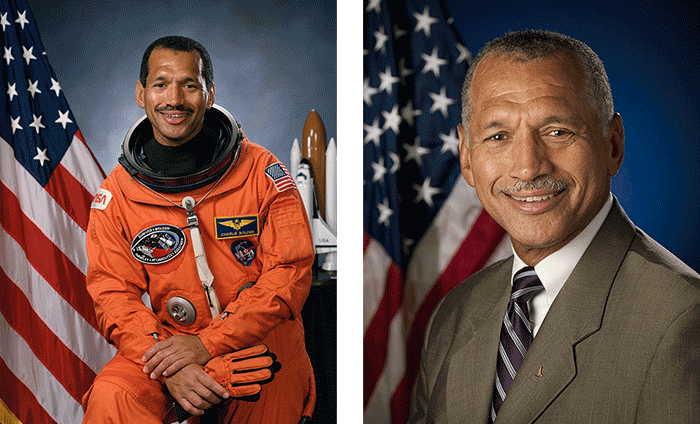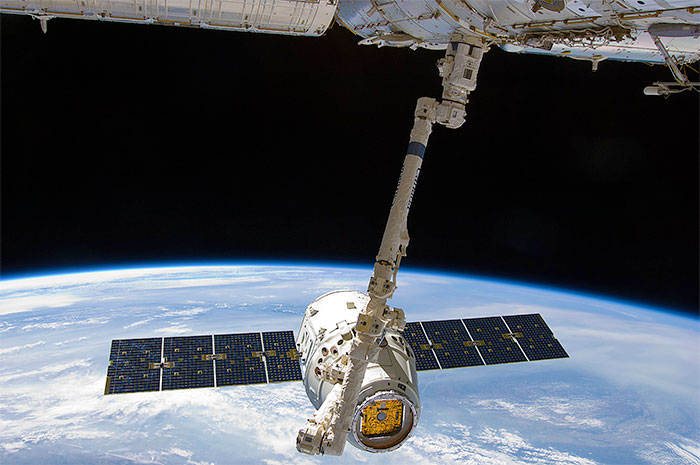
The Northwest Ordinance of 1787 established rules that allowed settlers on the western frontier to form new states under the Articles of Confederation and, later, the Constitution of the United States. At that time, the “western frontier” meant Ohio. Today, the Northwest Ordinance is considered one of the most important pieces of legislation in US history.
Just over 200 years later, Representative (and future House Speaker) Newt Gingrich introduced a bill in Congress: House Resolution 4286, “The National Space and Aeronautics Policy Act of 1981.” One particularly interesting aspect of the bill was Title IV, inspired by the Northwest Odinance.
Title IV offered a framework for future space settlements to join the Union, first as territories, later as states — just as Ohio and other western settlements joined the Union in the 19th Century.
The bill had 13 co-sponsors, but it went nowhere in Congress and the idea of a “Northwest Ordinance for space” quietly disappeared (although Gingrich mentioned it again during his campaign for President in 2012).
This bill represents an early attempt to answer questions of governance in space, which will inevitably arise with the establishment of the first permanent space settlements later in this century.
Title IV — Government of Space Territories
Constitutional Protection
All persons residing in any community in space organized under the authority and flag of the United States shall be entitled to the protection of the Constitution of the United States.
Self Government
Whenever any such community shall have acquired twenty thousand
inhabitants, on giving due proof thereof to Congress, they shall receive from Congress authority with appointment of time a place to call a convention of representatives to establish a permanent constitution and government for themselves.
Admission to Statehood
Whenever any such community shall have as many inhabitants as
Shall then be in any one of the least numerous of the United States such community shall be admitted as a State into the Congress of the United States on equal footing with the original states.
Title IV could be seen to conflict with the Outer Space Treaty, which prohibits nations from making claims of national sovereignty on celestial bodies. So, modifications to the Treaty would be needed. It would need conflict, however, in the case of orbital or free-space settlements, such as those proposed by Professor Gerard K. O’Neill, which are not tied to the surface of a celestial body.
This is an example of the type of legislation Congress could pass which creates incentives for private enterprise to develop space, without costing the taxpayers any money. Unfortunately, Congress shows little interest in such far-sighted legislation today, and “space policy” centers around uninspiring questions such as which heavy-lift vehicle to build.













 Some things have not changed since the end of the Cold War. Russia is still making the mistake of believing its own propaganda.
Some things have not changed since the end of the Cold War. Russia is still making the mistake of believing its own propaganda.
